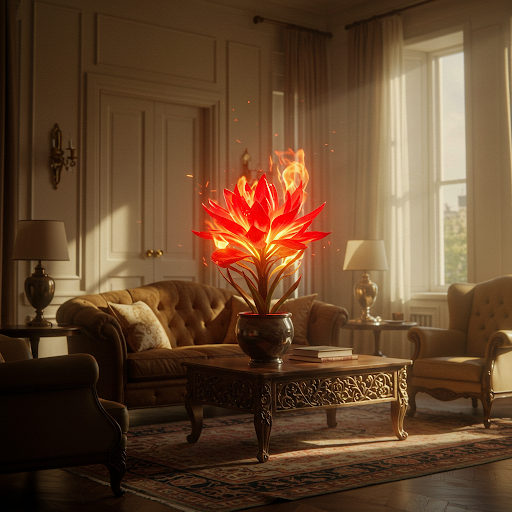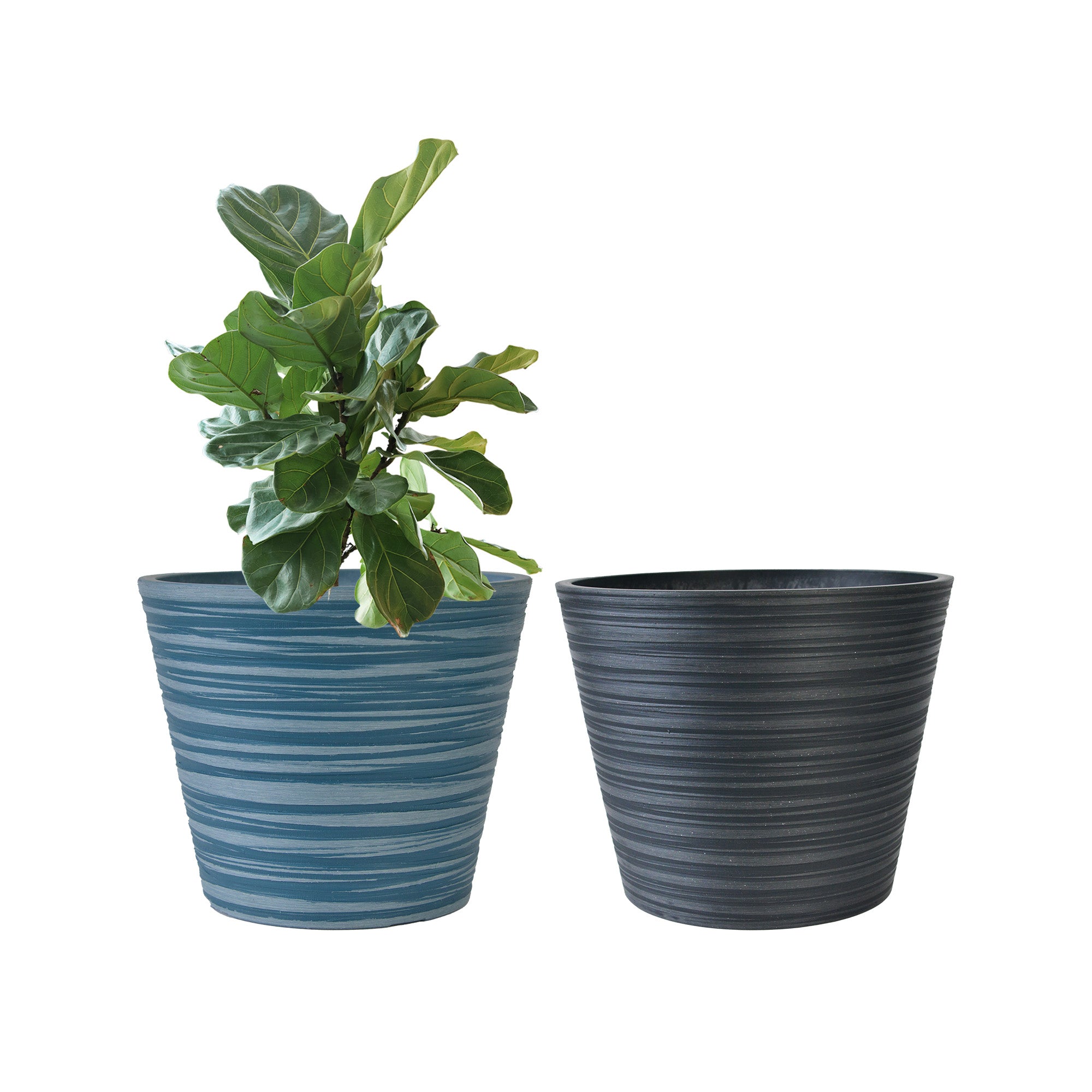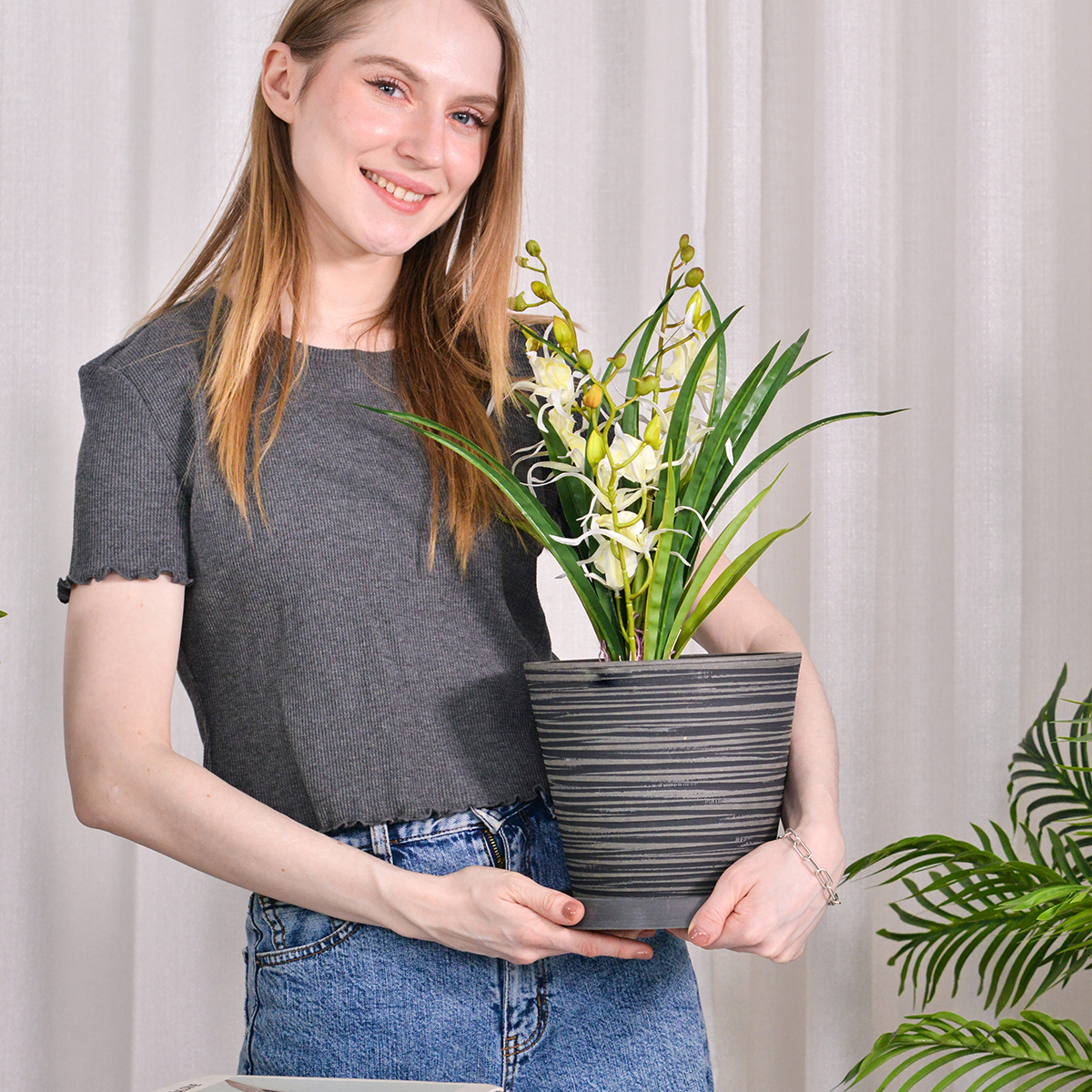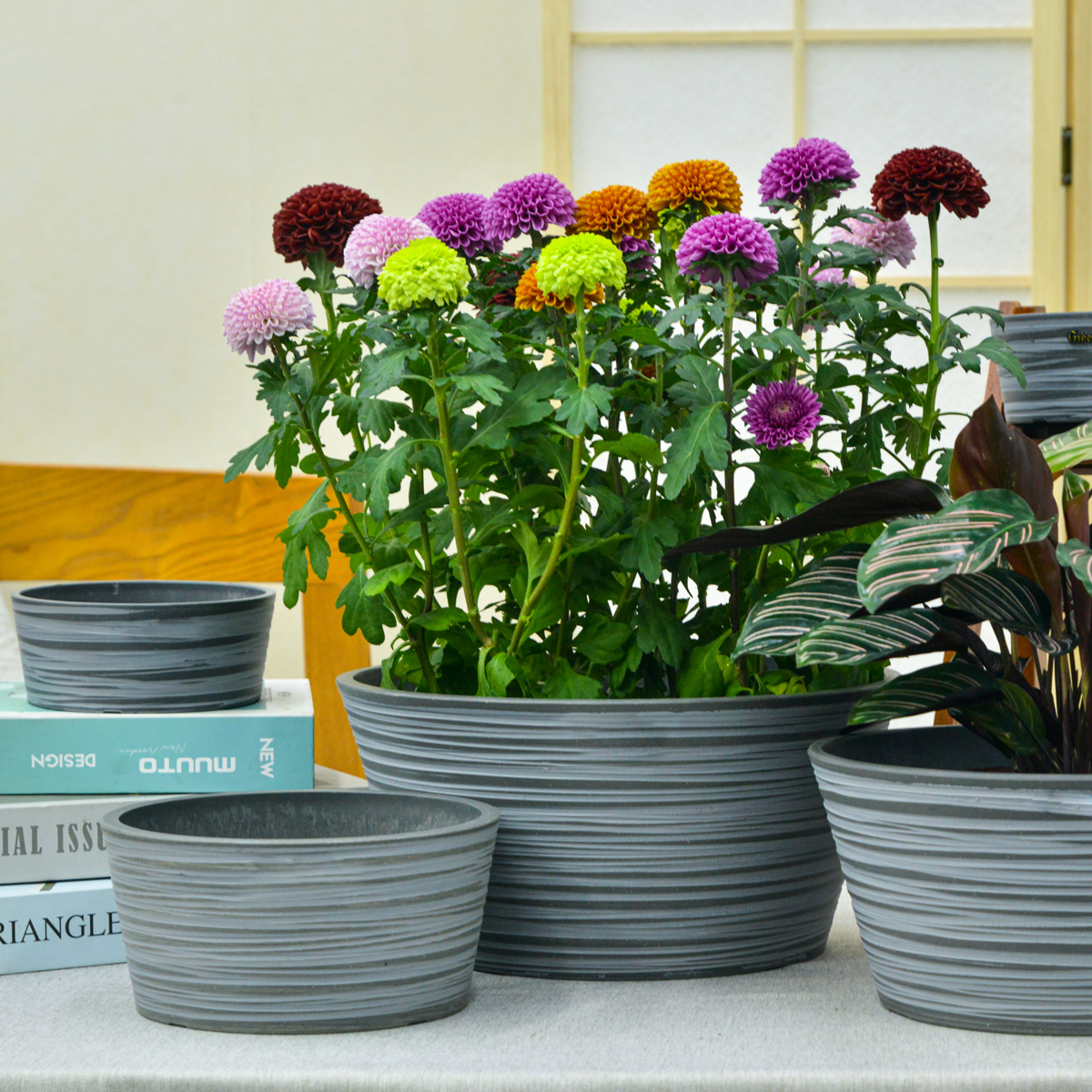Anthurium Care: 6 Secrets to Keeping Your Flamingo Flower Thriving
Anthuriums, also known as Flamingo Flowers or Laceleaf, are popular houseplants prized for their vibrant, heart-shaped “flowers” (which are actually modified leaves called spathes) and glossy green foliage. While they might seem exotic, providing the right care will allow your Anthurium to flourish and bring a touch of the tropics to your home. Here are six essential things you need to know about Anthurium care:

1. Light: Bright, Indirect is Best
- Ideal Conditions: Anthuriums thrive in bright, indirect light. Think of the light they would receive under the canopy of a rainforest.
- Avoid Direct Sunlight: Direct sunlight can scorch their delicate leaves, causing brown spots.
- Good Locations: East or north-facing windows are usually ideal. A few feet back from a south or west-facing window can also work, especially if the light is filtered by sheer curtains.
- Signs of Too Little Light: If your Anthurium isn’t blooming or its growth is stunted, it might not be getting enough light. Consider moving it to a brighter location.
2. Watering: Find the Right Balance
- Watering Frequency: Water your Anthurium when the top inch of the potting mix feels dry to the touch. Overwatering is a common mistake that can lead to root rot.
- Thorough Watering: When you do water, water thoroughly until water drains out the bottom of the pot. This ensures the entire root ball is moistened.
- Drainage is Crucial: Never let your Anthurium sit in standing water. Ensure your pot has drainage holes and empty the saucer beneath it after watering.
- Water Quality: Anthuriums are sensitive to hard water and salts. Using filtered or distilled water is often recommended for optimal health.
- Seasonal Adjustments: You may need to water more frequently during the warmer, actively growing months (spring and summer) and less often during the cooler, dormant months (fall and winter).
3. Temperature: Keep it Consistent and Moderate
- Ideal Range: Anthuriums prefer temperatures between 65-80°F (18-27°C).
- Avoid Extremes: Protect your Anthurium from drafts, sudden temperature changes, and extreme heat or cold. Keep them away from heating vents, air conditioners, and drafty windows.
- Nighttime Temperatures: Slightly cooler nighttime temperatures (around 60-65°F or 15-18°C) can actually encourage blooming.
4. Humidity: They Love a Humid Environment
- Native Habitat: Anthuriums are native to tropical rainforests, so they naturally thrive in high humidity.
- Ideal Levels: Aim for humidity levels above 50%.
- Increasing Humidity:
- Misting: Regularly mist your Anthurium’s leaves with lukewarm water.
- Humidity Tray: Place the pot on a tray filled with pebbles and water, ensuring the bottom of the pot isn’t sitting directly in the water. As the water evaporates, it will increase the humidity around the plant.
- Humidifier: Using a room humidifier is an effective way to maintain consistently high humidity levels, especially during dry winter months.
- Grouping Plants: Grouping your houseplants together can create a more humid microclimate.
5. Soil: Well-Draining is Key
- Ideal Mix: Anthuriums need a well-draining potting mix that allows for good aeration. A typical aroid mix works well, which often includes ingredients like:
- Orchid Bark: Provides excellent drainage and aeration.
- Perlite: Helps to keep the soil loose and prevents compaction.
- Peat Moss or Coco Coir: Retains some moisture while still allowing for drainage.
- Avoid Heavy Soils: Heavy, dense soils will retain too much moisture and can lead to root rot.
- Repotting: Repot your Anthurium every 1-2 years, or when it outgrows its current container. Choose a pot that is only slightly larger than the previous one.
6. Fertilization: Feed Sparingly
- Growing Season: During the active growing season (spring and summer), feed your Anthurium every 2-4 weeks with a balanced liquid houseplant fertilizer diluted to half strength.
- Dormant Season: Reduce or stop fertilizing during the fall and winter months when the plant’s growth naturally slows down.
- Avoid Over-Fertilizing: Over-fertilizing can lead to salt buildup in the soil, which can damage the roots and cause brown leaf tips.

Bonus Tip: Encourage Blooming
- Mature Plants: Anthuriums need to be mature enough to bloom. Young plants may take some time to produce flowers.
- Proper Care: Providing the right light, temperature, and humidity are crucial for encouraging blooming.
- Slightly Cooler Temperatures: As mentioned earlier, slightly cooler nighttime temperatures during the blooming season can sometimes stimulate flower production.
By following these care tips, you can provide the ideal environment for your Anthurium to thrive and reward you with its beautiful, long-lasting blooms. Enjoy the tropical elegance this stunning houseplant brings to your home!
Planter 5 in W / 8 in W / 12 in W or Indoor Outdoor Plants, Modern Decorative Plant Pots with Drainage Hole, Decorative Flower Pots
By greenship-seo|2025-04-10T06:37:58+00:00January 16, 2025|Categories: Hand-carving Series|Tags: Decorative Flower Pots|
KC2-21G
By greenship|2024-08-13T06:19:08+00:00August 13, 2024|Categories: Hand-carving Series|
K2-11T
By greenship|2024-08-13T04:21:25+00:00August 13, 2024|Categories: Hand-carving Series|
11THD
By greenship|2024-08-13T02:52:20+00:00August 13, 2024|Categories: Hand-carving Series|
20T
By greenship|2024-08-13T06:42:22+00:00August 13, 2024|Categories: Hand-carving Series|
Modern Plant Pots with Drainage – Indoor & Outdoor Use (6″ Widths)
By greenship-seo|2025-04-10T06:29:43+00:00February 6, 2025|Categories: Hand-carving Series|Tags: Decorative Flower Pots|






